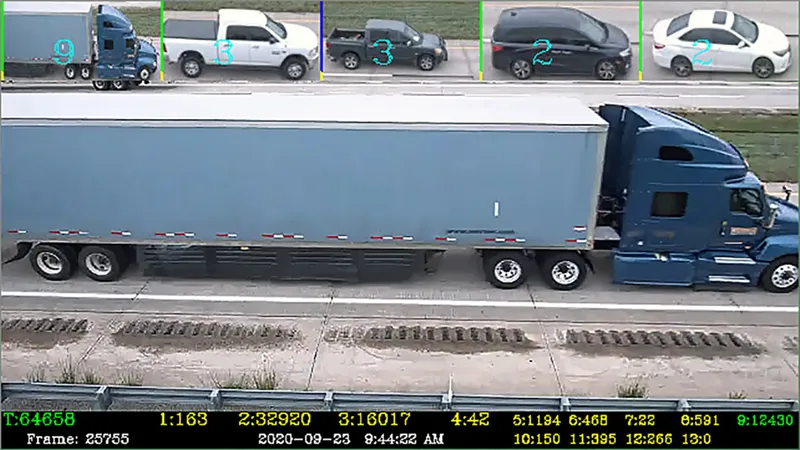
US-headquartered
According to Houston Radar, its SpeedLane is the best true dual beam, ultra-low power, side-fire radar. It is designed to accurately detect lane, speed, and class of individual vehicles and compute per lane volume, occupancy, gap, average speed, 85th percentile and headway parameters.
The company claims the world’s lowest power usage for this highly integrated multi-lane traffic measurement radar – at just 0.85 Watts SpeedLane requires 10 times less power than competing products. The device mounts on the side of the road for non-intrusive traffic data collection without the need for in-situ calibration.
SpeedLane is complemented by Houston Radar’s Tetryon traffic server, a customisable cloud server used to aggregate data from multiple SpeedLanes and Armadillo units in one central location. The products are designed to seamlessly integrate out of the box to enable rapid deployment of customers’ traffic data on the web.
Houston Radar says the Armadillo Tracker, a highly portable, fully integrated multi-lane bi-directional traffic statistics gathering device, is the leading non-intrusive collector in the world designed to replace road tubes.
It is also claimed to be the smallest and most convenient radar-based stats collection box. The device collects individual time-stamped vehicle counts, speeds and class per direction in up to 2+2 lanes making it a perfect fit for traffic monitoring and speed study applications.










